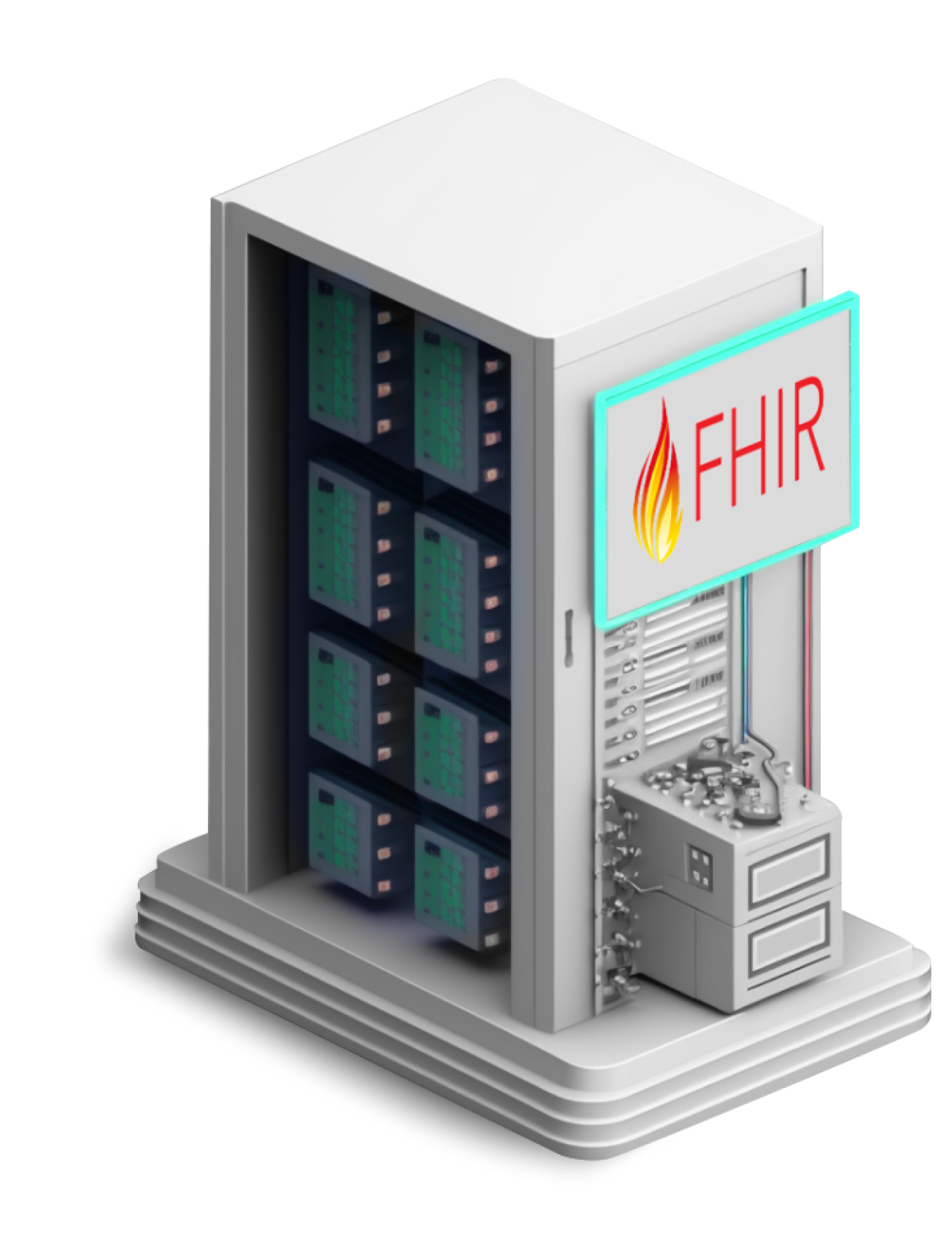Assessing the Complexity and Necessity of FHIR Testing
In the rapidly evolving world of healthcare software, FHIR (Fast Healthcare Interoperability Resources) has emerged as a crucial standard, ensuring that data is shared seamlessly and securely across different healthcare systems. To gain deeper insights into the significance, challenges, and intricacies of FHIR testing, we spoke with Vicert CTO Neb Lazic.
Can you explain the importance of FHIR in healthcare software development?
FHIR is a complex yet vital standard for developers in the healthcare sector. It acts more as a guideline than a strict protocol, serving as the lingua franca for medical data exchange. The standard ensures that healthcare software can communicate effectively, allowing different systems and services to interpret and utilize the shared data correctly. Adhering to FHIR standards is not just about data exchange; it's about ensuring interoperability and compliance with regulatory requirements, which is fundamental for software certification in medical settings.
Why is testing for FHIR compliance critical?
Testing is essential to confirm that healthcare software meets specific FHIR standards, ensuring interoperability. For instance, if FHIR version 4.0.1 specifies a particular format for patient data, software must export patient information accordingly. Automated tests play a crucial role in this process, verifying data compliance before it’s shared with other systems. This step is pivotal for maintaining the integrity and usability of data across the healthcare ecosystem.
What are the main reasons for a healthcare software to expose data using FHIR?
Primarily, there are two reasons: regulatory requirements and the desire for seamless communication with other FHIR-compliant systems. Regulatory bodies may mandate FHIR compliance for certification, crucial for software to be utilized in medical settings. Additionally, adopting FHIR facilitates easier data exchange with other entities in the healthcare network, enhancing cooperation and efficiency.
What challenges do developers face in achieving FHIR compliance?
The key challenge is ensuring that software meets the specific FHIR standards and regulatory requirements. Automated testing is a solution, offering a way to validate compliance systematically. However, the complexity of FHIR and the sheer volume of potential tests—sometimes exceeding 400 for certification purposes—can be daunting. Moreover, the cost of testing, particularly for certification, can be significant, necessitating careful preparation to ensure success on the first attempt.
How does Vicert assist clients with FHIR testing and compliance?
Vicert specializes in setting up local testing environments for clients, allowing them to verify FHIR compliance internally before undergoing official certification tests. This approach not only saves time and resources but also ensures that software is consistently compliant with FHIR standards throughout the development process. Additionally, Vicert's expertise in healthcare software development and testing simplifies the process for clients, enabling them to focus on their core product development.
What is Inferno, and how does it fit into the FHIR testing landscape?
Inferno is a framework designed for testing FHIR implementations against specific standards. It’s a comprehensive suite of software libraries that automate the testing process, ensuring that software complies with FHIR specifications. While Inferno is a powerful tool, setting up, configuring, and maintaining it requires significant effort. Vicert aids clients in integrating Inferno into their CI/CD pipelines, facilitating continuous compliance verification and ultimately streamlining the path to certification.
What are the benefits of integrating FHIR tests into the CI/CD pipeline?
Incorporating FHIR tests into the CI/CD pipeline ensures that every software update is automatically evaluated for FHIR compliance. This continuous testing strategy helps developers identify and rectify issues promptly, maintaining compliance throughout the development cycle. It’s an efficient way to guarantee that the software remains aligned with FHIR standards, significantly reducing the risk of non-compliance.
Conclusion
FHIR testing is a complex yet indispensable part of developing healthcare software, ensuring that systems can communicate effectively and meet stringent regulatory standards. With the support of specialized services like those offered by Vicert, developers can navigate the challenges of FHIR compliance, focusing on innovation while ensuring their software plays well in the interconnected world of healthcare IT.



